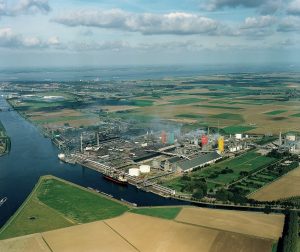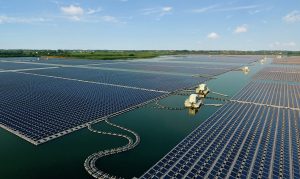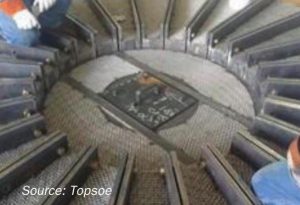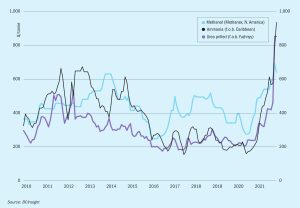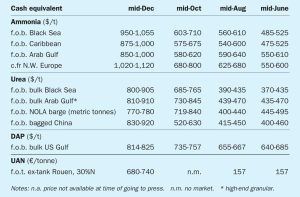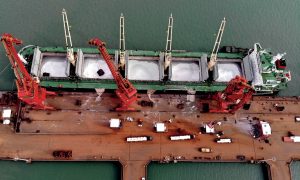
Ukraine and fertilizer supply, an Indian perspective
Dr M.P. Sukumaran Nair, formerly Secretary to Chief Minister, Kerala and Chairman, Public Sector Restructuring & Audit Board, Government of Kerala looks at the impact of the conflict in Ukraine on supply of fertilizer to India and the world.


